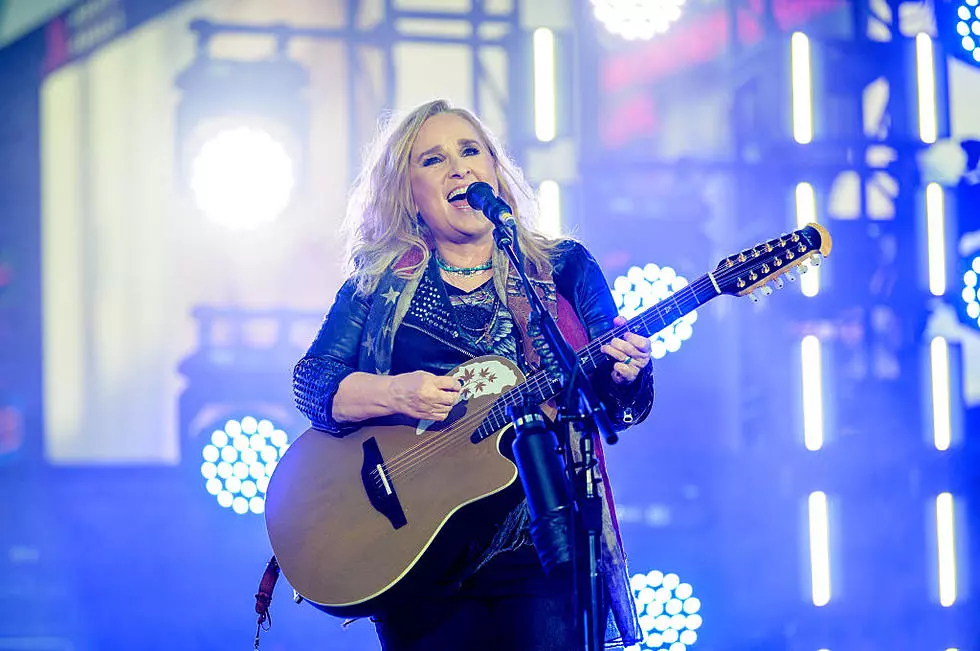
Beware of Tricky Product Labeling
Until I watched this video, I thought I was a fairly well informed consumer. I was very wrong. After all, I'm pretty good about reading content labels and such, but as I learned from this video, one has to know how to read the labels. It seems that, even when a company lists all of the contents of a package, there are still ways to hide just how much of any one thing is in the product.
We all know abut labels such as "all natural", "low fat", or "reduced sodium", and how misleading those labels can be. I mean, after all, pine sap is all natural, right? At any rate, I think you'll find this video to be very informative. You'll learn many of the tricks marketers use to make us think we're getting something good for us when, in reality, it may be loaded with things we shouldn't have.
One important point the video makes refers to the fact that most food labels are arranged by content. While the product may contain a small amount of real sugar, it is listed fairly far down the list. So, a consumer trying to cut back on sugar may think that the sugar content of that product is really low. The tricky part is that, on that same label, there may be four or five other forms of sugar. Misleading at best.
More From 92.9 The Lake


![Bets You Can’t Lose [VIDEO]](http://townsquare.media/site/159/files/2015/07/hqdefault12.jpg?w=980&q=75)
![Stump Your Friends With These 10 Great Tricks [VIDEO]](http://townsquare.media/site/159/files/2015/04/hqdefault37.jpg?w=980&q=75)
![Top 5 April Fools Pranks [VIDEO]](http://townsquare.media/site/159/files/2015/03/hqdefault33.jpg?w=980&q=75)
![Amazing Dog Gets in Special Chair to Eat [VIDEO]](http://townsquare.media/site/159/files/2014/02/Bella.png?w=980&q=75)

